How to grow grass in hot, dry weather: 6 top tips for a luscious lawn when it's warm
Learn how to grow grass in hot, dry weather for a gorgeous stretch of green all summer long

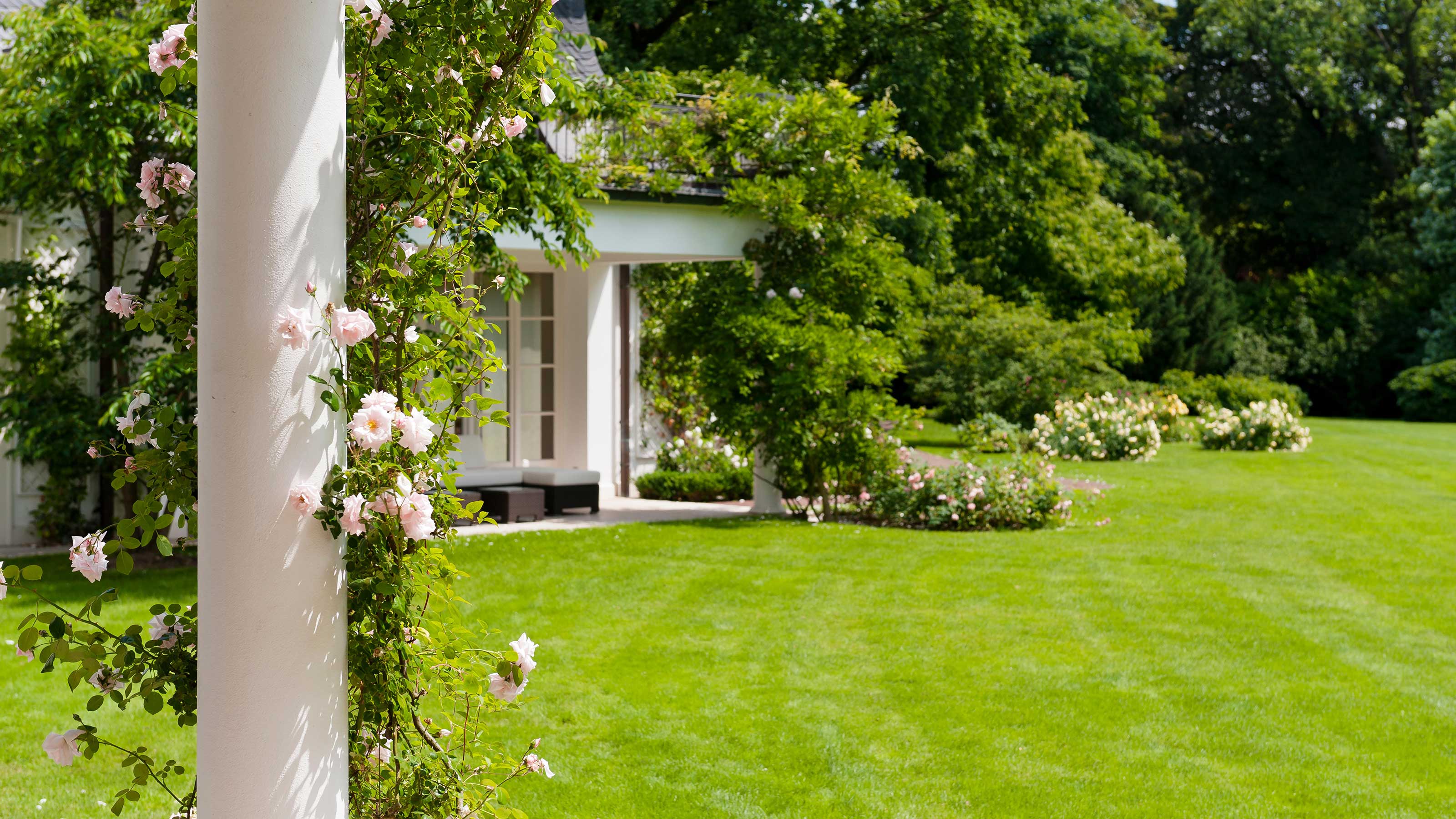
If you live somewhere that's always warm or are experiencing a heatwave, our tips on how to grow grass in hot, dry weather may come in useful.
For many gardeners, a pristine lawn can instill a sense of pride – and so it should: they are a labor of love after all. But most will also know that harsh sunshine, a lack of rain, and high temperatures can make it trickier to achieve a luscious stretch of green. And if you're not equipped with the lawn care tips to deal with such climates, you can quickly end up with a dead, yellowing patch in your plot.
We're here to help, with simple advice that will keep your garden's grass looking great throughout summer.
6 tips for how to grow grass in hot, dry weather
Whatever the size and shape of your lawn, an extra bit of TLC can go a long way in keeping it looking beautiful year-round.
1. Pick a heat-tolerant type of turf
The first factor in keeping a lawn looking tip-top during hot weather is to choose a grass seed with a suitable hardiness rating.
You can get both cool-season and warm-season grass seed – the latter being more tolerant to heat. Popular varieties of warm-season grass include Bermuda grass and buffalo grass.
However, be aware that some warm-season grasses don't do so well once temperatures drop, which is where cool-season grasses thrive. Because of this, if you live somewhere where the weather shifts depending on the seasons and are planting grass seed, you can combine both cool- and warm-weather varieties for a more reliably luscious lawn all year.
If you're a fan of wildlife garden ideas, you could also try adding microclovers into your lawn seed mix, as recommended by the RHS. This will increase the lawn's drought resistance. Wildflower seeds will do the same – and both are good for welcoming pollinators to your plot.
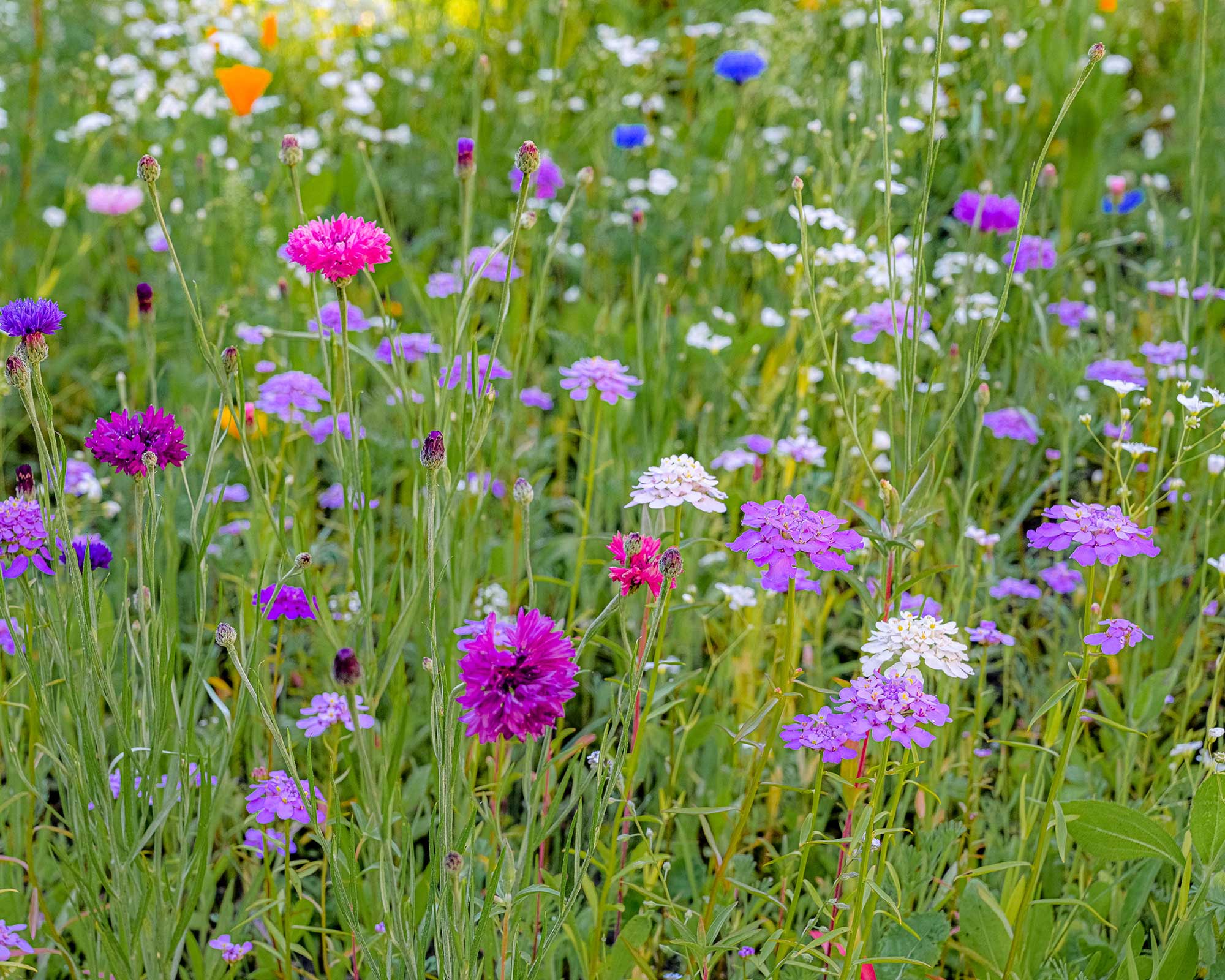
2. Provide plenty of water
As with most plants, it's important to keep your lawn hydrated, especially when temperatures are high.
'Ideally, you should be watering it early in the morning before the main heat of the day,' advises Carlos Real, Lawn Care Expert and Managing Director of TotalLawn.
'When watering, think about it more like soaking the soil, rather than watering the grass blades. It is very hard to over-water your lawn, so don't hold back,' he adds. Do this at least three times a week.
There is a simple test you can do to check that your lawn is hydrated enough, explains Chris McIlroy, lawn expert at The Grass People. 'To do this, drive a screwdriver into the soil. If it can reach up to 6 or 7 inches deep it's perfect – if not, keep watering.'
Investing in one of the best garden sprinklers is a great approach to this as it takes out all the hard work on your behalf. You can even combine it with a timer so that it automatically activates in the morning – handy if you haven't got time to do it yourself.
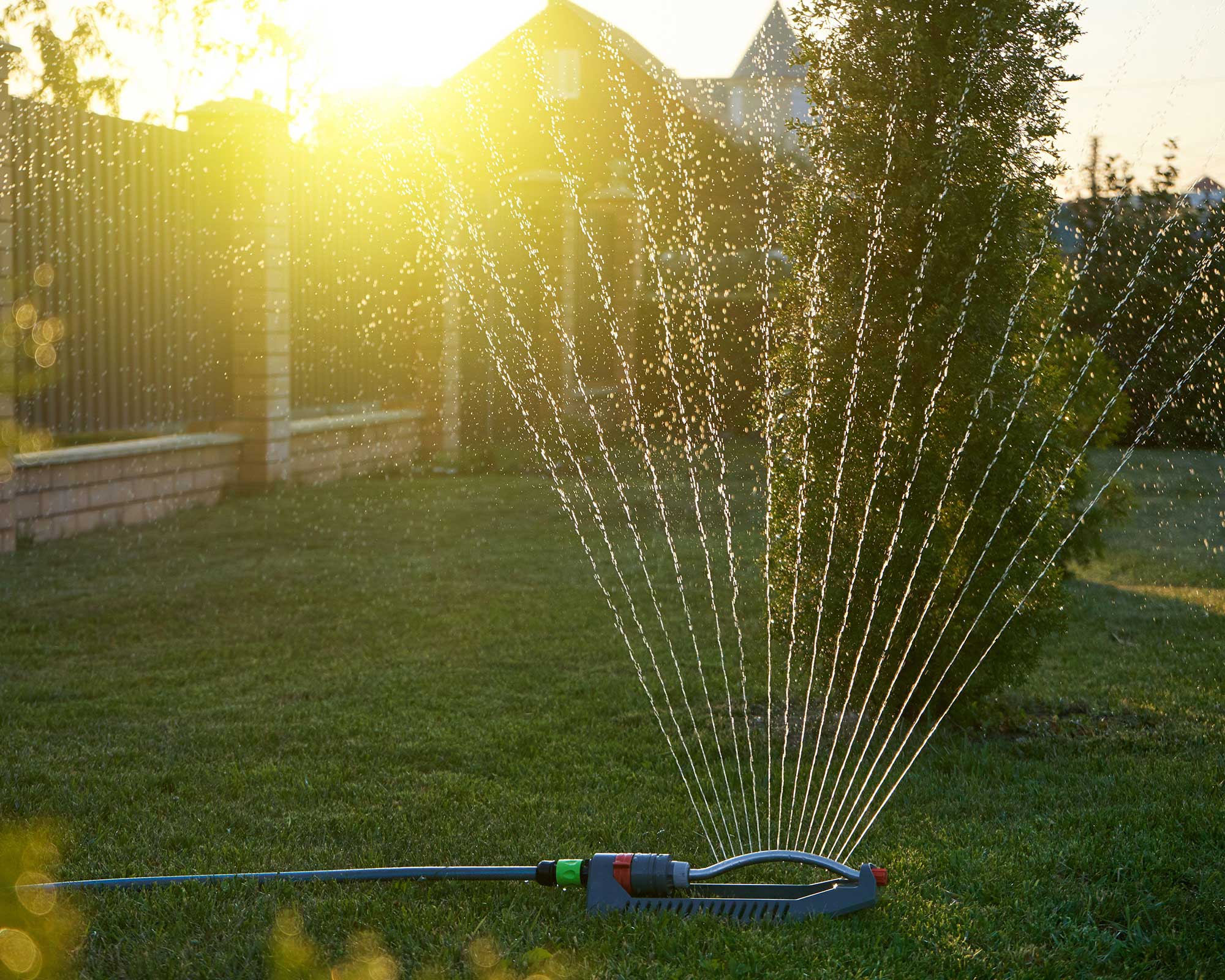
3. Mow your lawn less in hot weather
'If you can't commit to solidly watering your lawn, it's best to avoid mowing too,' says Carlos. 'That's because heat causes additional stress on the lawn, and mowing will only add to this as it tries to recover.'
If you are watering it frequently, you can continue to mow your lawn as regularly as usual, although QVC's gardening expert Mark Lane advises keeping it on a higher setting. Investing in one of the best lawn mowers will help get the results you're after.
'Ideally, mow so that the clippings fall onto the lawn, as this will help conserve water and feed the lawn naturally,' Mark adds. Ensure you've got rid of lawn weeds first though, otherwise you risk spreading them around.
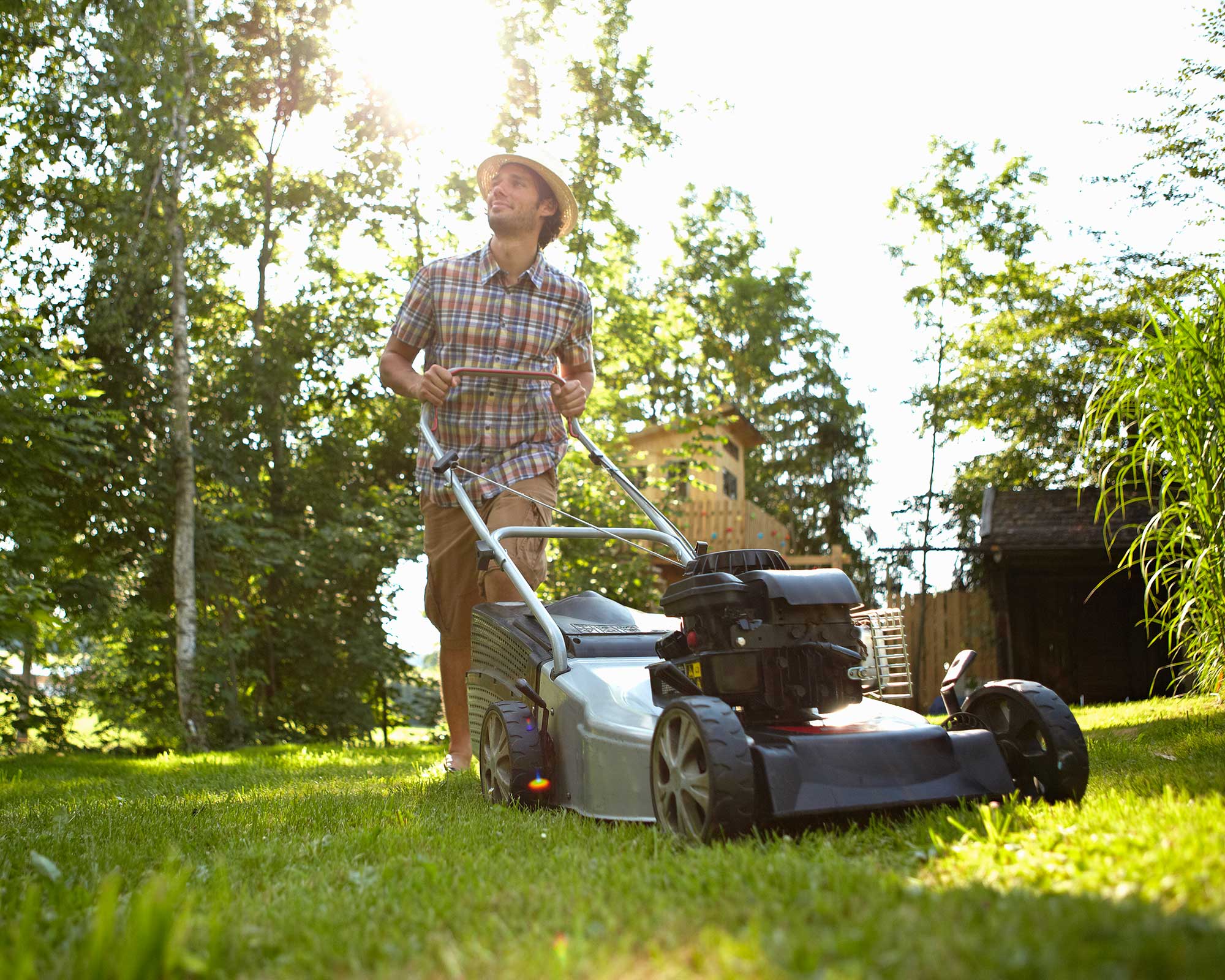
4. Use a seasonal fertilizer
Fertilizing plants can encourage them to grow healthy and strong, and grass is no exception. Be sure to use a season-appropriate feed, however, as you will find both spring/summer and autumn lawn fertilizers available.
Most will require watering in to be effective, which will also reduce the risk of them burning your lawn in the hot sun. Follow the manufacturer's instructions, as over-feeding, as well as incorrect application, can also damage your grass.
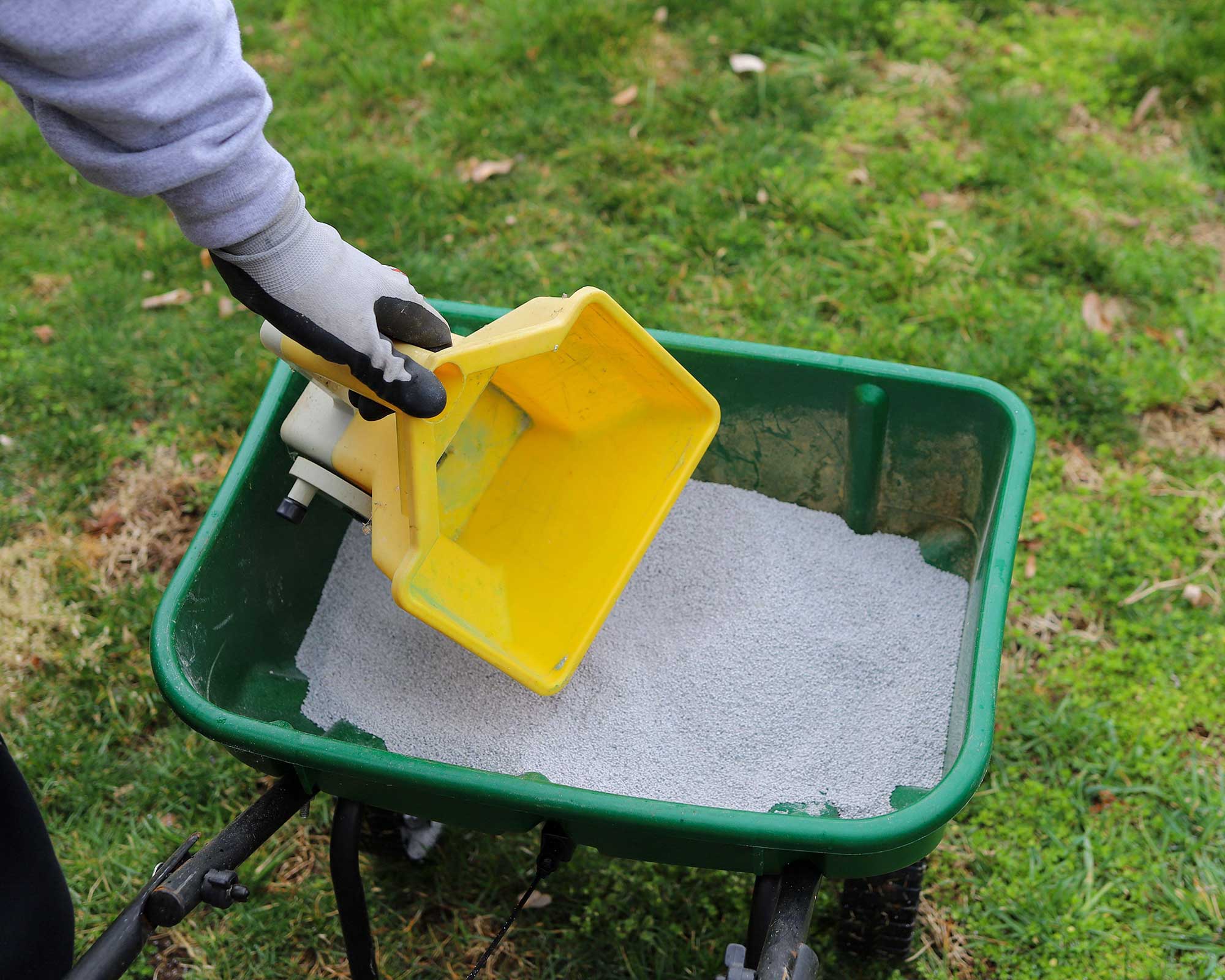
5. Reduce foot traffic
If your lawn is showing signs of stress in the heat, it's best to avoid walking over it unnecessarily. Doing so will only compact the dry soil, making it more difficult for the grass to soak up moisture.
Creating sturdy garden paths from A to B will provide a stylish and practical way to journey around your plot until your grass is looking strong and healthy again.
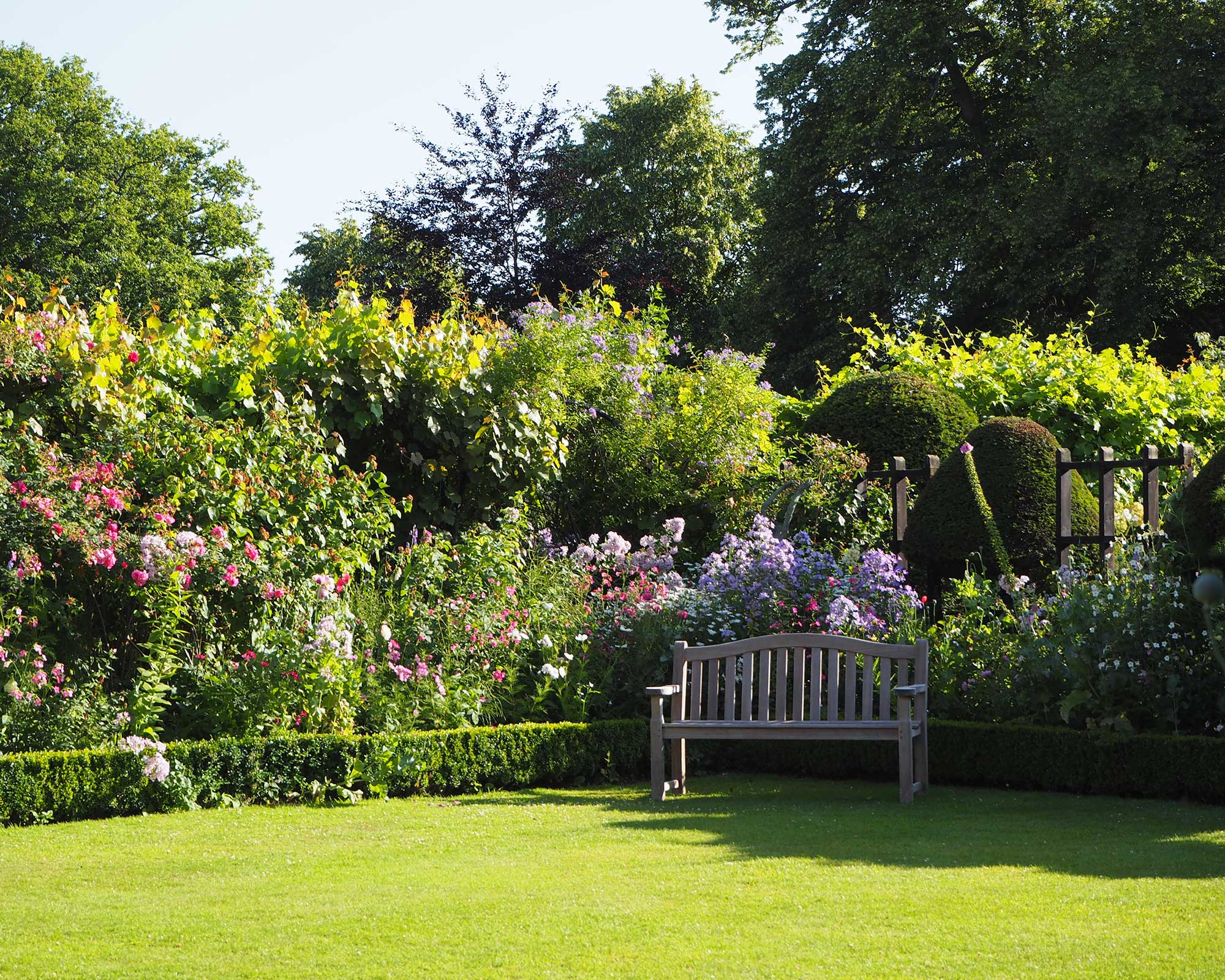
6. Keep on top of lawn maintenance all year
The best way to prepare your lawn for hot weather is to keep up a good maintenance routine all through the year. This will ensure it's in the best condition to deal with bouts of environmental stress and should bounce back easier.
Lawn care tasks include scarification and aeration, which will help the roots absorb all the water they need, as well as mowing the lawn properly and raking up leaves in the fall. Our guides on autumn lawn care and spring lawn care have lots of useful info.

How can you tell if your lawn is suffering from heat stress?
Discoloration of your lawn can be a telltale sign that you should try some of our tips on how to grow grass in hot, dry weather.
According to the experts at Lawn Doctor, it can turn a grayish or darker-green tone before changing to brown. However, brown grass can also be caused by lawn grubs damaging the roots, and even dog urine (although, as our guide on how to grow grass with dogs explains, there are ways around this).
Lawn Doctor also explains that another way to tell that your lawn is suffering from the heat is if footprints stay visible on the grass for hours after walking on it.

The garden was always a big part of Holly's life growing up, as was the surrounding New Forest where she lived. Her appreciation for the great outdoors has only grown since then. She's been an allotment keeper, a professional gardener, and a botanical illustrator – plants are her passion.
